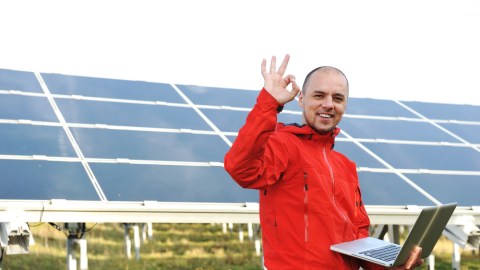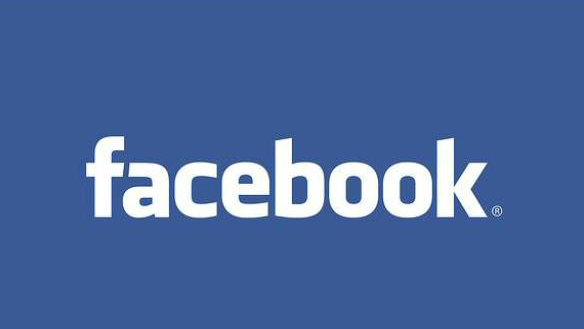The Cleanweb: Green Energy Meets Moore’s Law

By embracing new Web and mobile technologies, green energy companies are creating a new Cleanweb movement in which formerly expensive alternative energy sources – such as solar power – are suddenly accessible to the masses at a significantly lower price point. Think of the Cleanweb as what happens when green energy meets Moore’s Law. Venture capital investors who once viewed “clean tech” and “the Web” as an either/or investment proposition now have the best of both worlds: they can invest in solar companies at the same time as they are investing in the future of Web or mobile. If Silicon Valley can get the Cleanweb to scale in the same way that raw computing power has scaled over the past two decades, just think of the possibilities.
The latest example of a green energy company taking a page from the playbook of Silicon Valley to transform the future of alternative energy is Solar Mosaic, a Cleanweb company that uses Web-based crowdfunding to put solar panels on roofs. So far, 400 investors have raised a combined $350,000 for five solar polar projects. GigaOm refers to Solar Mosaic as the “Kickstarter of solar” for its innovative approach that will make it possible for individuals to approach each solar installation as a “project” that you get others to back. The cost of installing solar energy panels on your roofs is not cheap — but if you give people the right incentives and encourage enough people to chip in, you suddenly can reach the right scale.
The whole Cleanweb movement – which first came into prominence about a year ago – is starting to attract the attention of investors and entrepreneurs in tech-savvy cities like New York and San Francisco where vibrant startup communities can jumpstart the Cleanweb. In the same way that they once sponsored hackathons to identify promising new Web ideas, cities are now sponsoring hackathons to identify new Cleanweb ideas. Last fall, San Francisco sponsored the first-ever Cleanweb hackathon. In January of this year, New York City sponsored the second Cleanweb hackathon, which was attended by New York City’s Chief Digital Officer Rachel Sterne and influential VC investor Fred Wilson.
The Cleanweb hints at a future of energy abundance, where information technology and raw computing power enable alternative energies to scale at an impressive rate:
“IT and fast-growing Web business models can expand the use of renewable energy. These days the challenges that industries like solar, wind, and biofuels face are often not about fundamental science. Many of the big breakthroughs have already taken place, and in some circumstances, electricity from wind and solar is already cheaper than electricity from fossil fuels. What hampers these industries now is poor sales channels, complex financing and incentives, and a failure to communicate with consumers. That makes them ripe for disruption by the application of information technologies, which will drive the next phase of cost reduction and implementation, especially for solar.”
It’s not just small start-ups, hackers and programmers that are driving this trend toward the Cleanweb. The tech giants of Silicon Valley – like Google – are also embracing clean technology initiatives. If, before, green energy and information technology were two completely different industries without any overlap, that’s no longer the case. Google, for example, has embraced solar power as part of its $280 million investment in SolarCity.
As the Cleanweb picks up momentum, look for concepts from Silicon Valley – everything from “software-as-a-service” to the “cloud” to mobile to “collaborative consumption” – to continue to infuse the alternative energy space. Just a few months ago, it looked like the solar power revolution was coming to a close. Instead of a cloudy future filled with questions about clean energy infrastructure costs and scandals like Solyndra, we now have a sunny future of Clean Web initiatives at a fraction of the price. If you see your neighbors starting to install solar panels on their roofs, you can thank the Clean Web — it’s what’s new under the sun these days.
image: Engineer with laptop and solar panels / Shutterstock




